Bridging Therapy and the Mat: Integrating Yoga into Mental Health Treatments
Selected theme: Integrating Yoga into Mental Health Treatments. Step into a compassionate, evidence-informed space where movement, breath, and mindful presence support recovery, resilience, and everyday wellbeing. Join our community, share your story, and subscribe for weekly tools clients and clinicians can trust.
Why Yoga Belongs in Therapy Rooms
Yoga practices recruit the breath, posture, and attention, giving clients a direct pathway to modulate arousal. When clients feel their heartbeat slow during elongated exhalations, therapy concepts become embodied rather than theoretical. Share a moment when your breath shifted a difficult day.
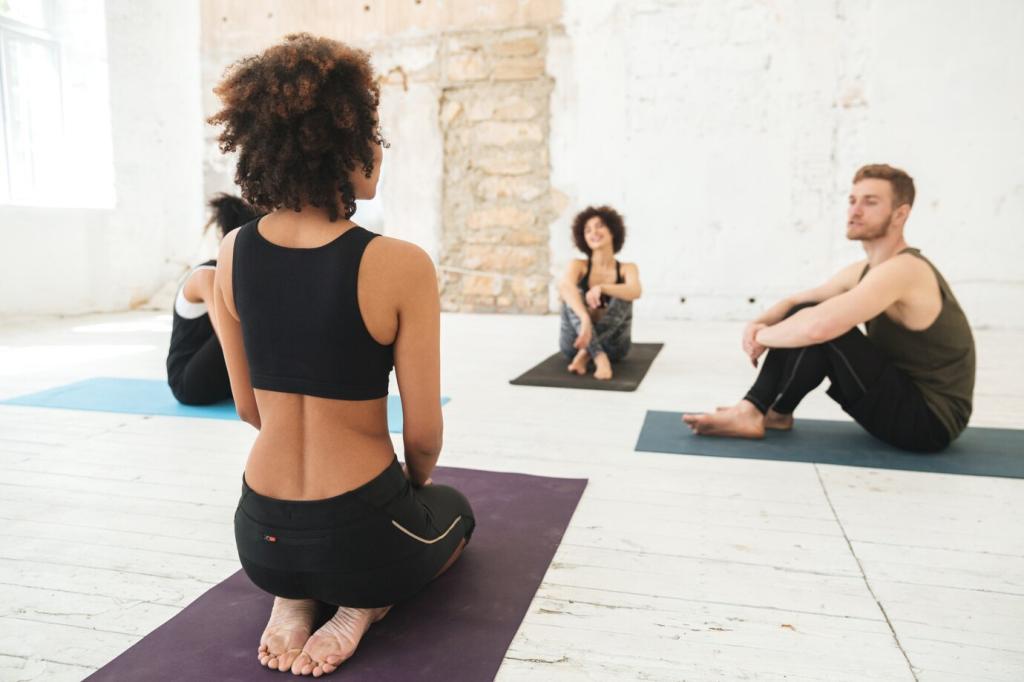
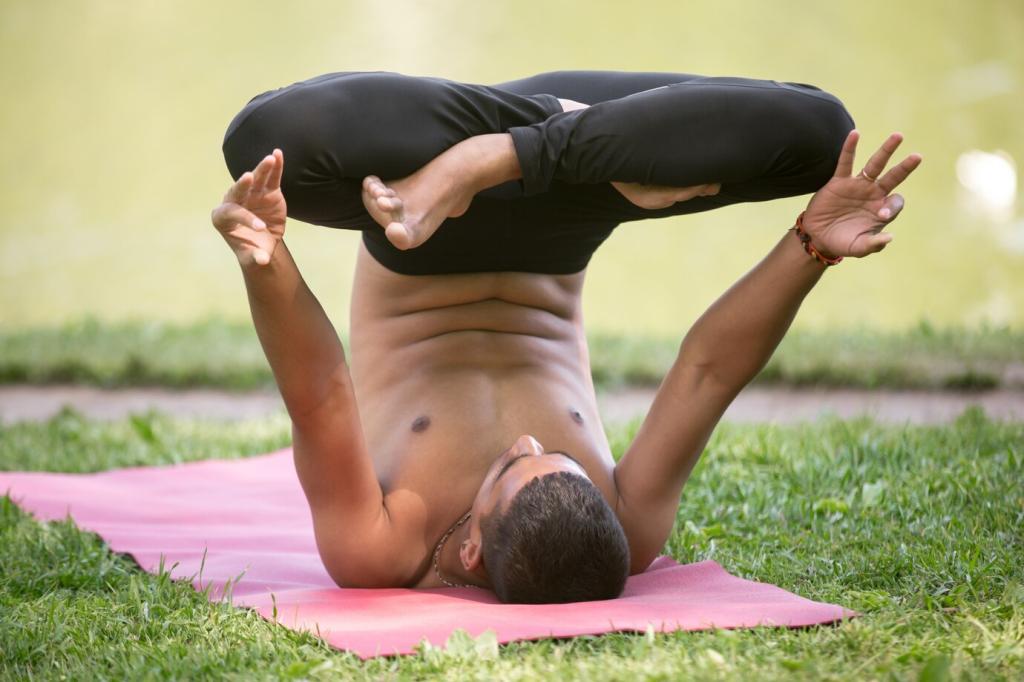
Why Yoga Belongs in Therapy Rooms
Randomized trials increasingly link yoga with reduced anxiety, depressive symptoms, and rumination. Mechanisms are plausible: vagal tone, improved sleep, and cognitive flexibility. We translate findings into practical steps, not hype. Subscribe for monthly summaries that you can bring directly into sessions.
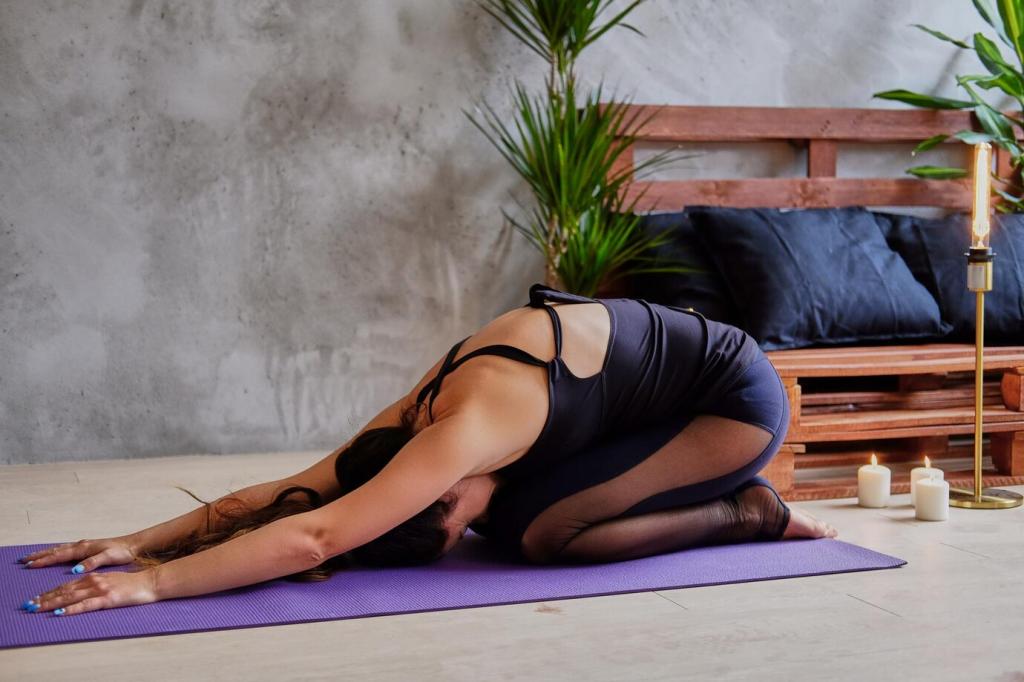
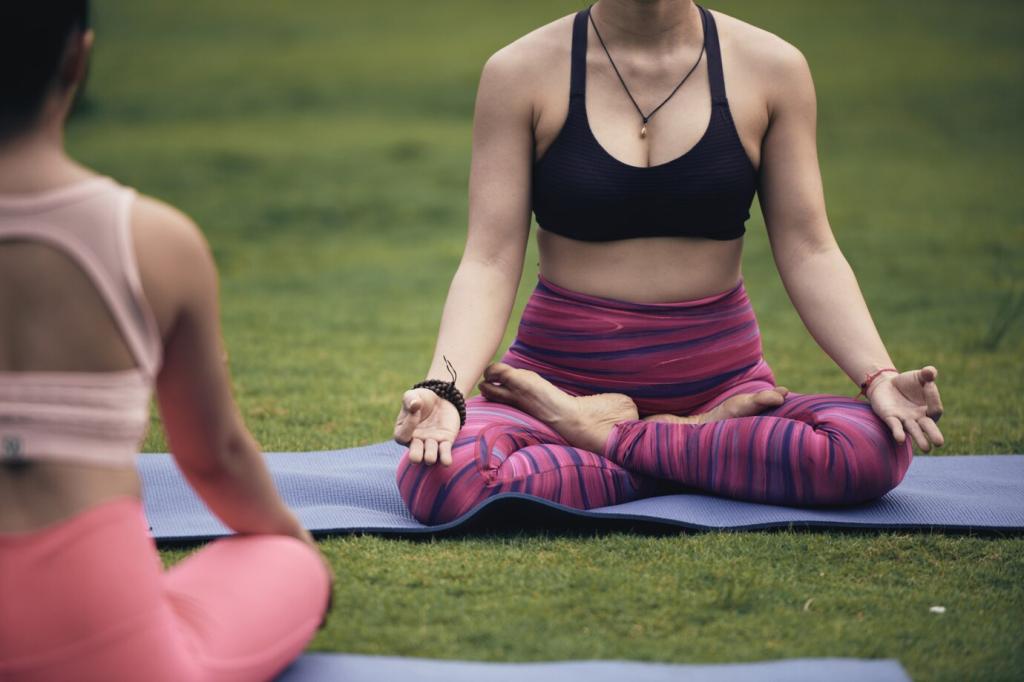
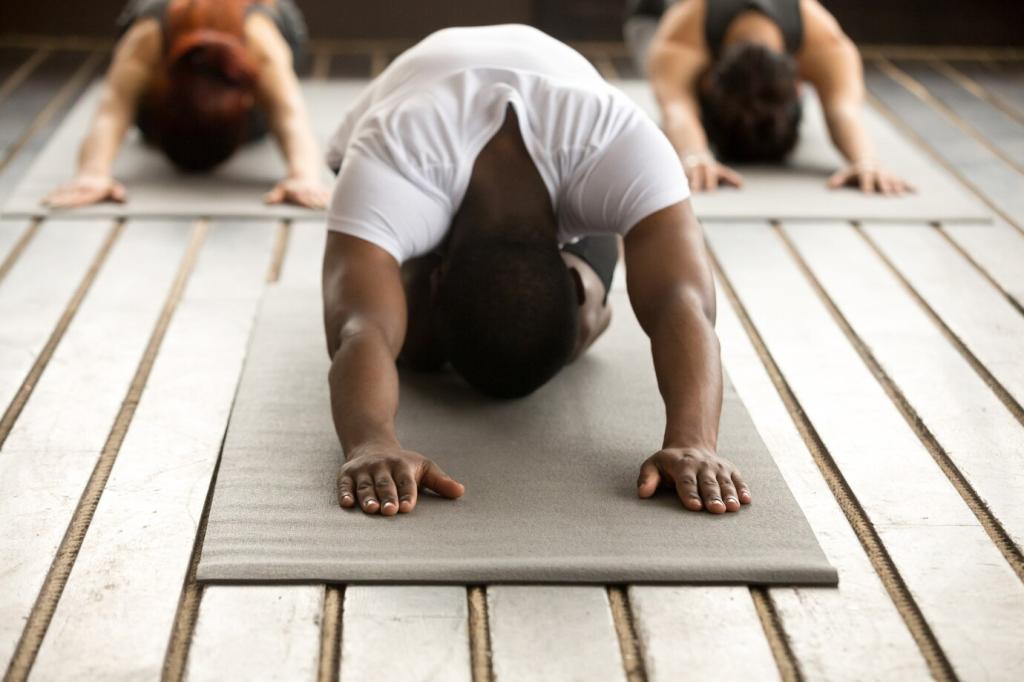
Screen for dizziness, hyperventilation history, musculoskeletal pain, and dissociation. Offer choice-rich language and explain why each practice helps. Obtain informed consent and reassure clients that movement is optional. Request our consent template by joining the newsletter and leaving a quick hello.
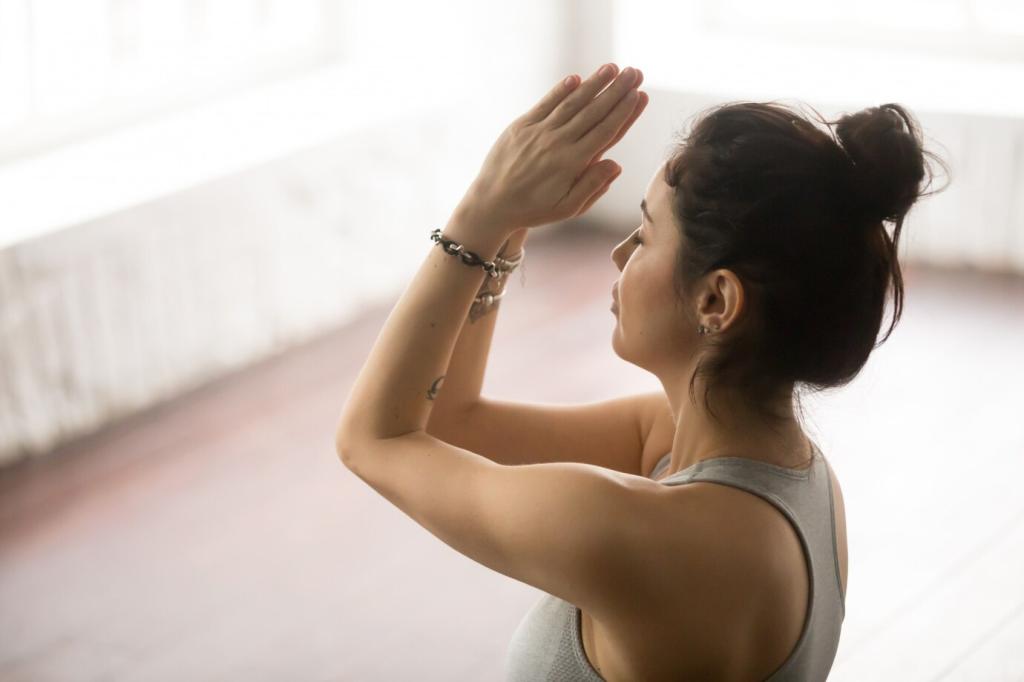
Trauma-Informed Cues and Boundaries
Use invitational language, avoid surprise touch, and describe what is coming next. Offer exit routes and alternatives at every step. Keep lighting, pacing, and transitions predictable. Share your favorite grounding phrase in the comments to help colleagues refine their cueing.
Cultural Humility and Secular Options
Acknowledge yoga’s roots while providing secular framing for clients who prefer it. Avoid appropriation by crediting traditions and focusing on therapeutic mechanisms. Ask clients about language that feels respectful. Join the discussion on how you balance lineage, science, and accessibility.
Accessibility for Diverse Bodies and Minds
Chairs, walls, bolsters, and breath-only practices keep yoga within reach. Offer visual demos, captions, and shorter holds for fatigue. Normalize rest as progress. What adaptation opened yoga for you or your client? Tell us so we can feature it in a future post.
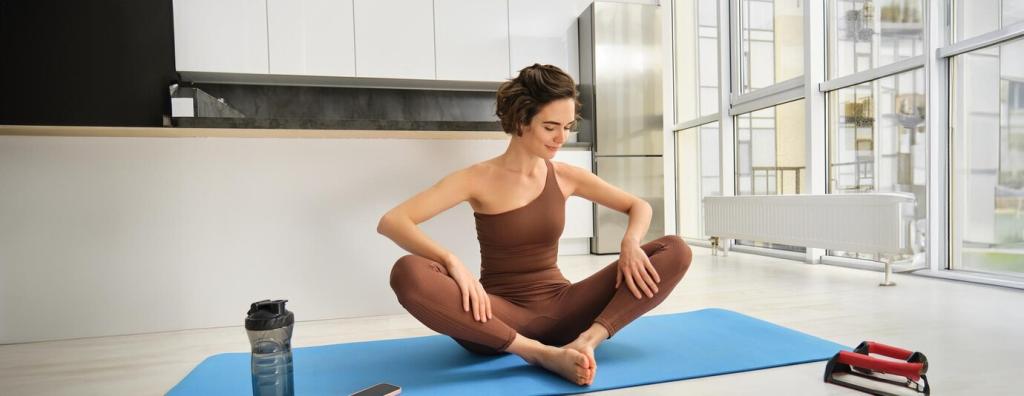
Case Story: From Panic to Grounded Presence
Jules arrived with racing thoughts and chest tightness. We practiced two-minute exhale-focused breathing, supported child’s pose, and eyes-open mindfulness. By week four, Jules recognized early cues and paused before spirals. Would you like the exact session outline? Subscribe, and we’ll share it.
Case Story: From Panic to Grounded Presence
We added standing balance at a wall, matched movement to breath, and tracked anxiety spikes in a journal. Jules reported fewer evening panics and steadier sleep. Comment if you want the journaling prompts that made reflection feel doable rather than overwhelming.
Home Practice Toolkit for Clients
Begin with three rounds of box breathing, then cat–cow, a supported forward fold, and a gentle twist. Finish with two minutes of soft-gaze mindfulness. Want a printable routine card with illustrations? Subscribe and reply “morning” so we know what to send.
Collaboration Between Clinicians and Yoga Professionals
Pair trauma-informed yoga teachers with therapists who value embodied skills. Share brief client goals and boundaries, never private details. Curious about our referral checklist and outreach email template? Subscribe and ask for the “Bridge Pack” in your message.
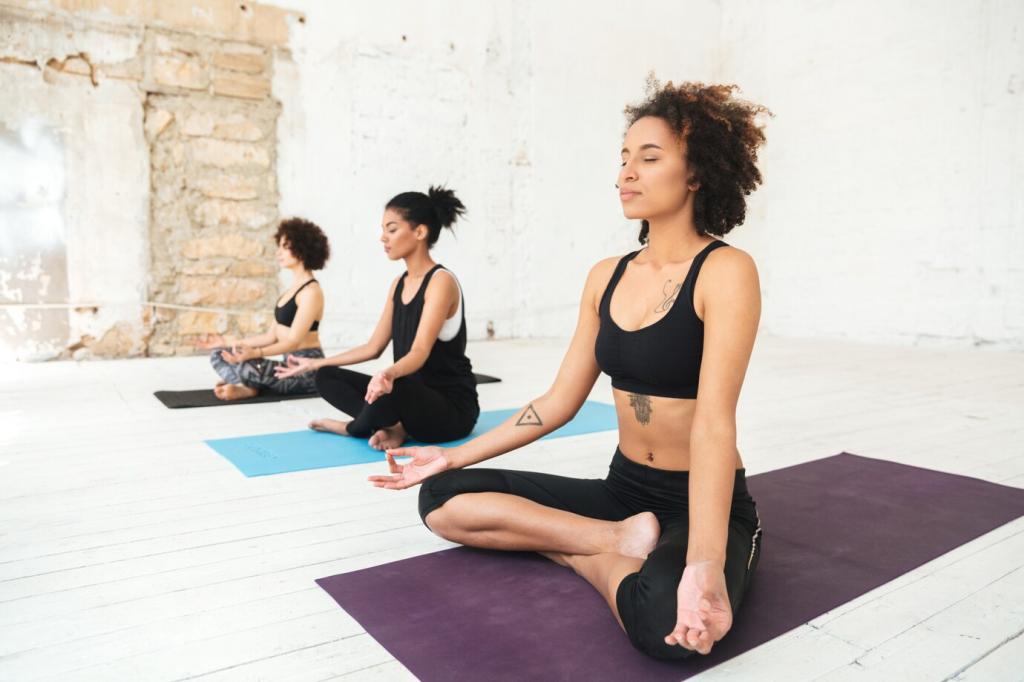
Join our mailing list
